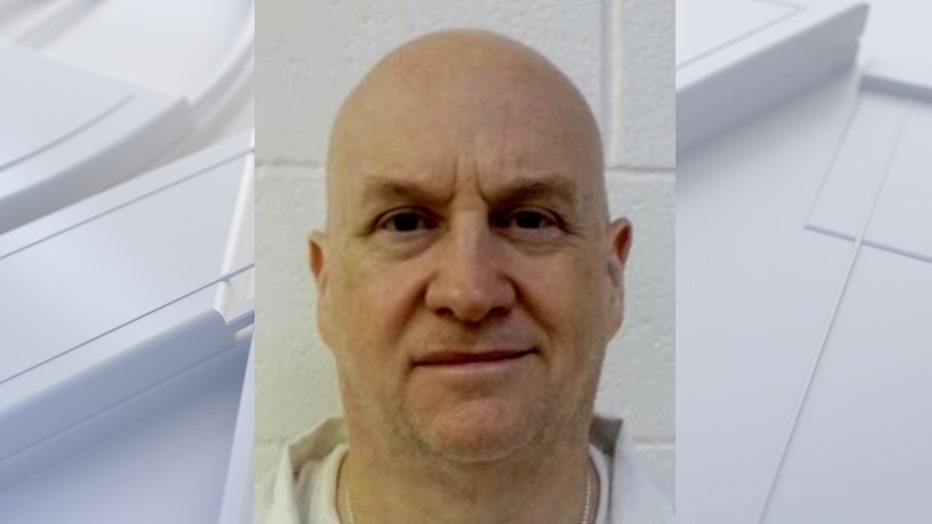‘Devil in the Ozarks’ captured after Arkansas prison escape and manhunt

Residents cautious after 'Devil in the Ozarks' escape
The manhunt continues for the former police chief and convicted killer known as the "Devil in the Ozarks". Investigators say Grant Hardin escaped Sunday from the medium-security Calico Rock prison donning an outfit designed to look like a law enforcement uniform. Denise and Marcel Grady live in Izard County, Arkansas, where the prison is located. The couple joined LiveNOW from FOX’s Josh Breslow to discuss the current situation.
A former Arkansas police chief convicted of both murder and rape has been captured after nearly two weeks on the run, ending a high-profile manhunt that stretched across the Ozark Mountains.
Grant Hardin, known publicly as the "Devil in the Ozarks" — the title of a true crime documentary based on his case — was located about 1.5 miles northwest of the Calico Rock prison from which he escaped on May 25. His identity was confirmed through fingerprinting, the Izard County Sheriff’s Office announced Friday.
Hardin had been serving two long sentences — 30 years for murder and 50 years for a previously unsolved 1997 rape — when he escaped from the state facility by impersonating a corrections officer.
How did Hardin escape from prison?
The backstory:
Authorities say Hardin walked out of Calico Rock prison dressed as a corrections officer. According to court documents, he mimicked the "dress and manner" of staff so convincingly that a guard in a tower opened a secure gate, allowing him to leave undetected.
The Arkansas Department of Corrections admitted that staff failed to verify his identity before he was allowed through the gate. Rand Champion, a department spokesperson, called it a "lapse" and said an internal investigation is underway.
Hardin had been held at the facility since 2017 after pleading guilty to first-degree murder in a fatal shooting. DNA evidence later tied him to the decades-old rape of an elementary school teacher in Rogers, Arkansas, for which he received a 50-year sentence.
How was he caught?
Timeline:
- May 25: Hardin escapes from Calico Rock prison.
- May 27–June 6: Search expands across northern Arkansas, with help from federal agencies.
- June 7: Hardin is captured 1.5 miles from the prison. His identity is confirmed via fingerprints.
What they're saying:
The manhunt drew in dozens of state and federal personnel, including an elite Border Patrol unit known as BORTAC, which specializes in high-risk searches across difficult terrain.

Grant Matthew Hardin (Credit: FBI)
U.S. Customs and Border Protection said the tactical team provided "advanced search capabilities and operational support" in the rugged Ozarks, known for its thick forests, rocky cliffs, and complex cave systems.
Searchers also deployed bloodhounds, mounted officers, drones, and helicopters during the nearly two-week hunt.
What's next:
Hardin is expected to be returned to custody under heightened security. Officials have not yet said whether he will face additional charges related to the escape, but investigations are ongoing into how he was able to deceive prison staff.
The case is likely to reignite scrutiny around prison security protocols in Arkansas — particularly as Hardin’s criminal history and public notoriety raised alarms about how such a lapse was possible.
The Source: This report is based on statements from the Izard County Sheriff’s Office, the Arkansas Department of Corrections, and U.S. Customs and Border Protection, as well as court documents and reporting from the Associated Press. Additional context comes from the documentary Devil in the Ozarks, which chronicled Grant Hardin’s crimes and trial. This story was reported from Los Angeles.

